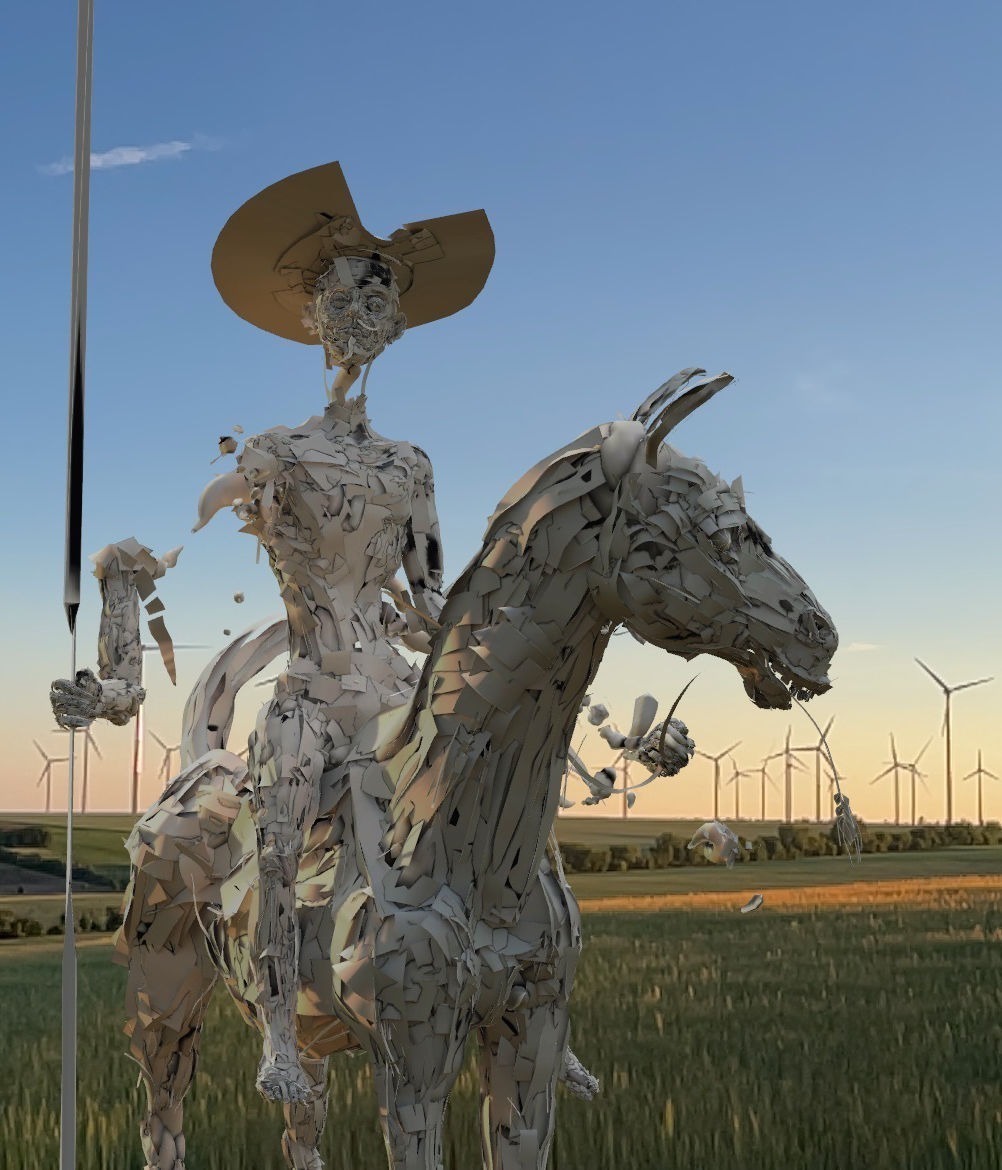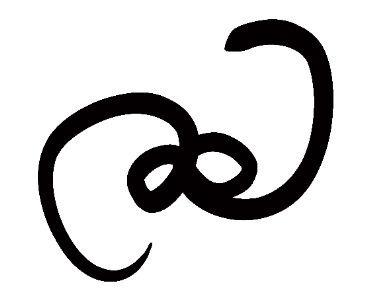Augmentas

Augmentas
Augmented Studies
Program for Contemporary Art & Augmented Reality
Augmentas is an AR program exporing the potential of Augmented Reality for cultural interaction. Our research is focused on the development of the medium Augmented Reality for new artistic productions. We work on a series of public art projects and a collaborative program for artistic experiments via Augmented Reality (AR). Launched 2018 as an educational project in Berlin, the program operates now internationally in support of artists, institutions and scholars.
